6 ways to make an allotment wildlife friendly

Some people who are new to the allotments stopped and chatted to me when I was in the wildlife garden last week and said they wanted to do more for wildlife on their plot but didn’t have the space. Quite rightly, our committee are only giving out half plots at present because the waiting list is so long and then if you want another half, you can ask.
The wildlife plot is run as a garden so not everything that is on there can be used on half a plot and as the couple said to me, now that they have started to plant their veg, they realise that they have very little space left to make it wildlife friendly. So, this post is in answer to their question about what would be the best thing to do.
- If you haven’t got any, plant fruit trees, bushes and plants. The blossom on these is early in the year and is loved by pollinators. Be clever and use your space wisely – planting around the edges, espaliering trees so that they take up the least amount of space. Here are my pink flowered strawberries and a step-over blackberry.
2. Underplant the fruit with flowers that attract pollinators. If you are lucky some will self-seed and before you know it you have lots of flowers. Sometimes I plant in between as well, so my strawberry plants are interplanted with Verbena bonariensis and roses. There is a braeburn apple tree in the last picture, honest!
3. Grow herbs which will be delicious with the fruit and veg you are growing but can also be allowed to flower and provide for all sorts of insects. Chives, rosemary and mint all flower and are loved by pollinators.
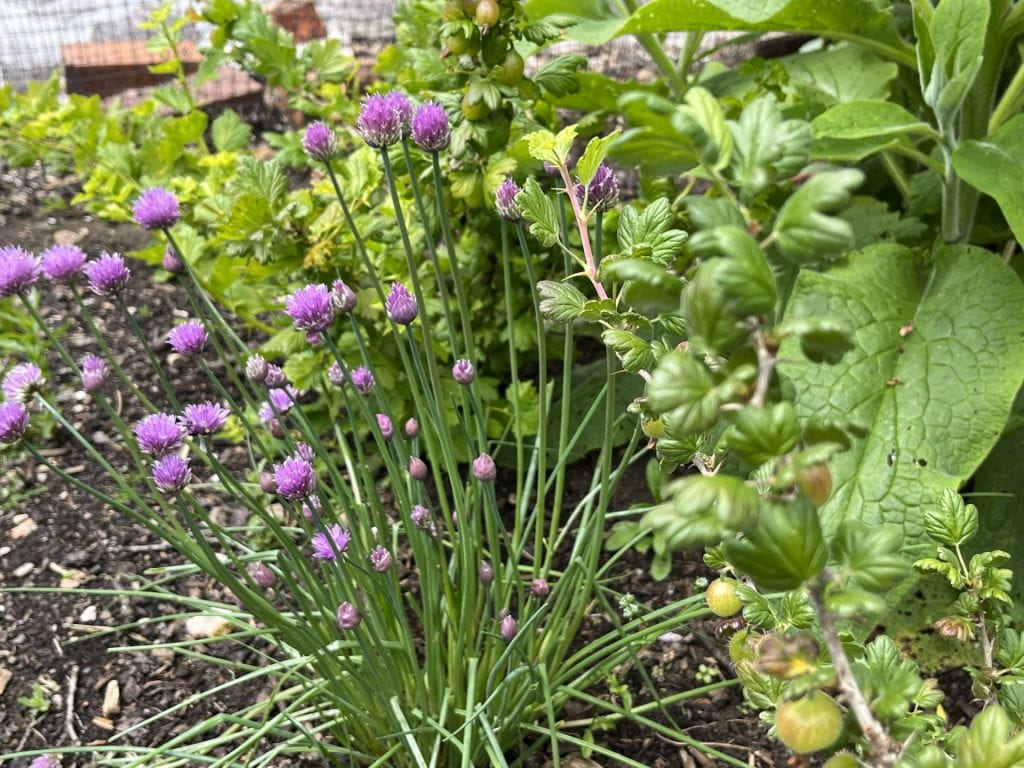
4. Leave one of each veg to bolt and flower and then go to seed. This doesn’t take up too much space but provides variety for the insects. For a lot of veg, this will happen in the second year not the year you planted them.
5. Water is an essential element for wildlife but you don’t have to have a pond. I have a metal dish I found on the plot, weighed it down with a stone and keep a bit of water in it.
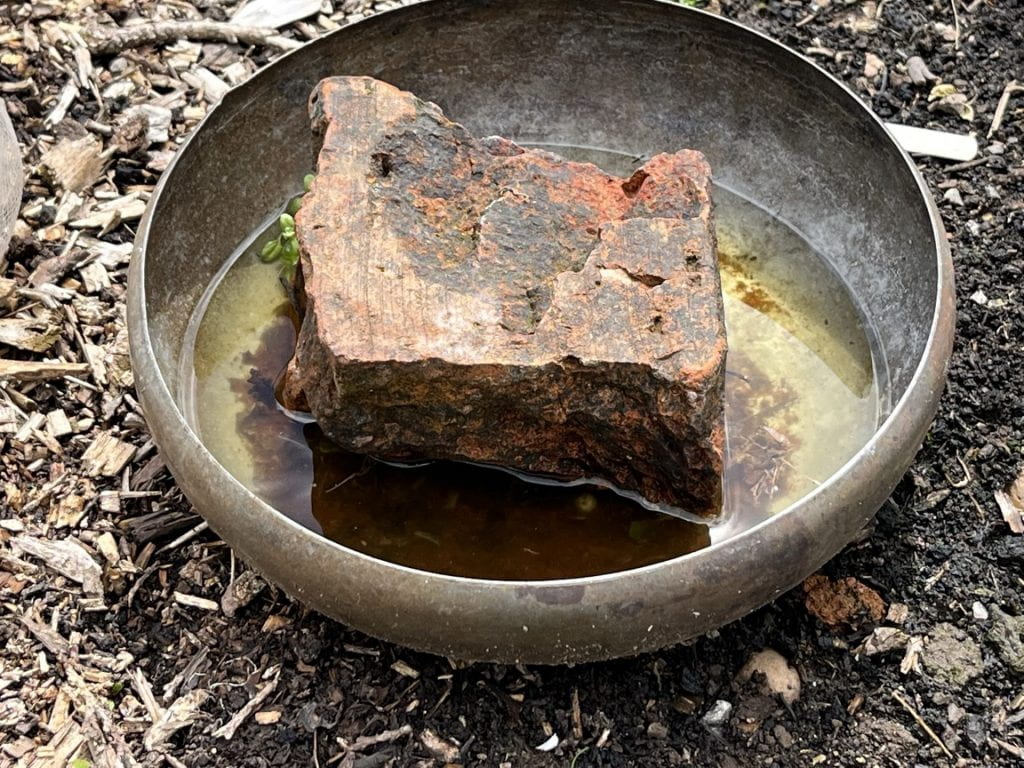
6. Grow a bit of comfrey – just one or two plants – near a compost heap or in a tucked away space. The cut leaves make a good feed for plants when soaked in water (if a little smelly), can be added to compost heaps to speed up the process and are loved by bees. What’s not to like? It is a really useful plant. Ask around to see if anyone has any roots. You want Bocking 14 which is a sterile plant and will not self-seed. If you get the sort that self-seeds it will take over the plot!
7. Finally, if you ever have any ground that is left waiting for some veg, sow a green manure which will improve the soil and may flower and attract bees and hoverflies. I use phacelia which flowers at the end of April and in May before I plant my brassicas which will probably go in the ground in June. The patch of flowers thrums with insects all day long.
All of these ideas should be secondary to the fruit and veg you grow so plan those first and fit these ideas in afterwards.
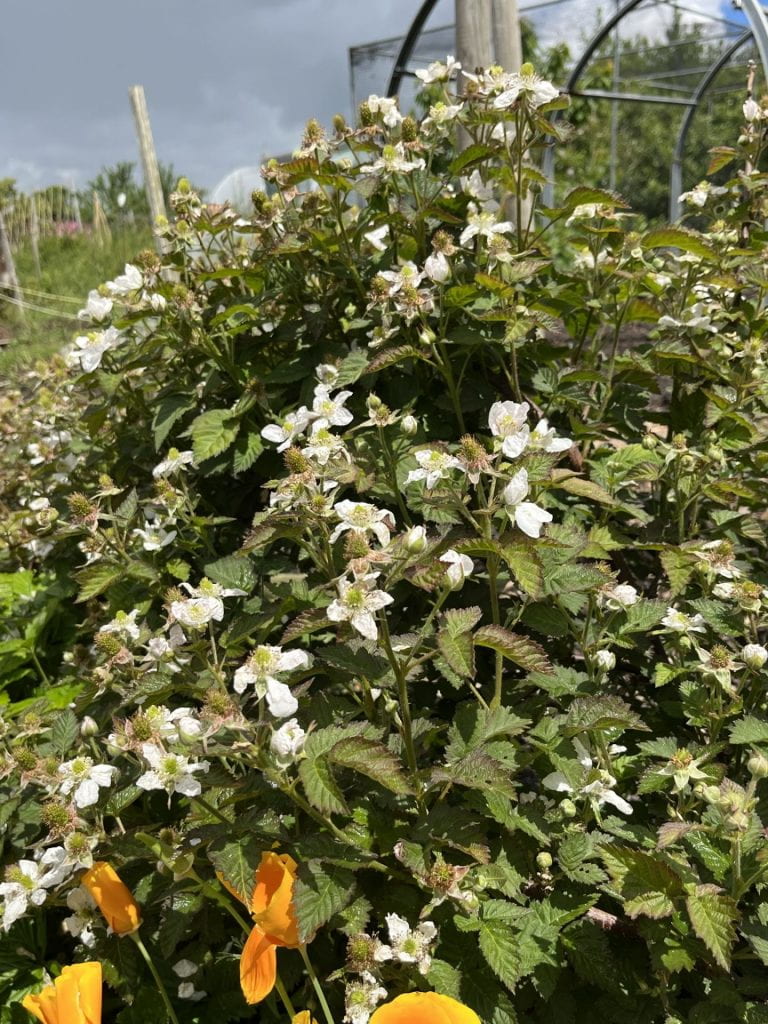
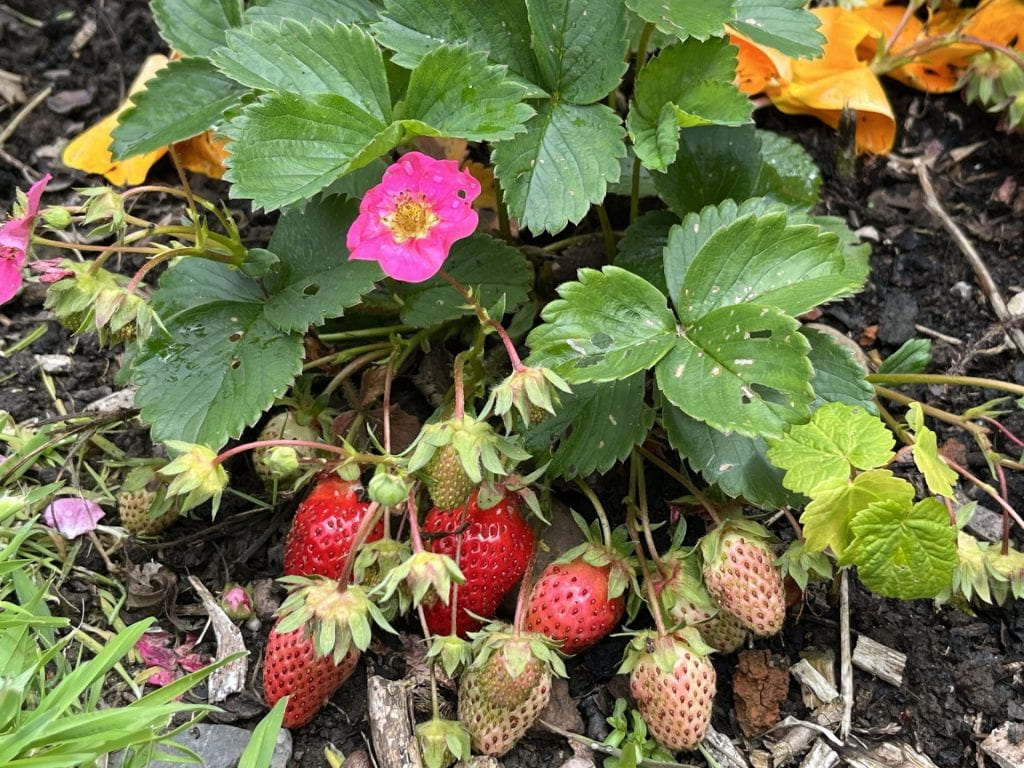
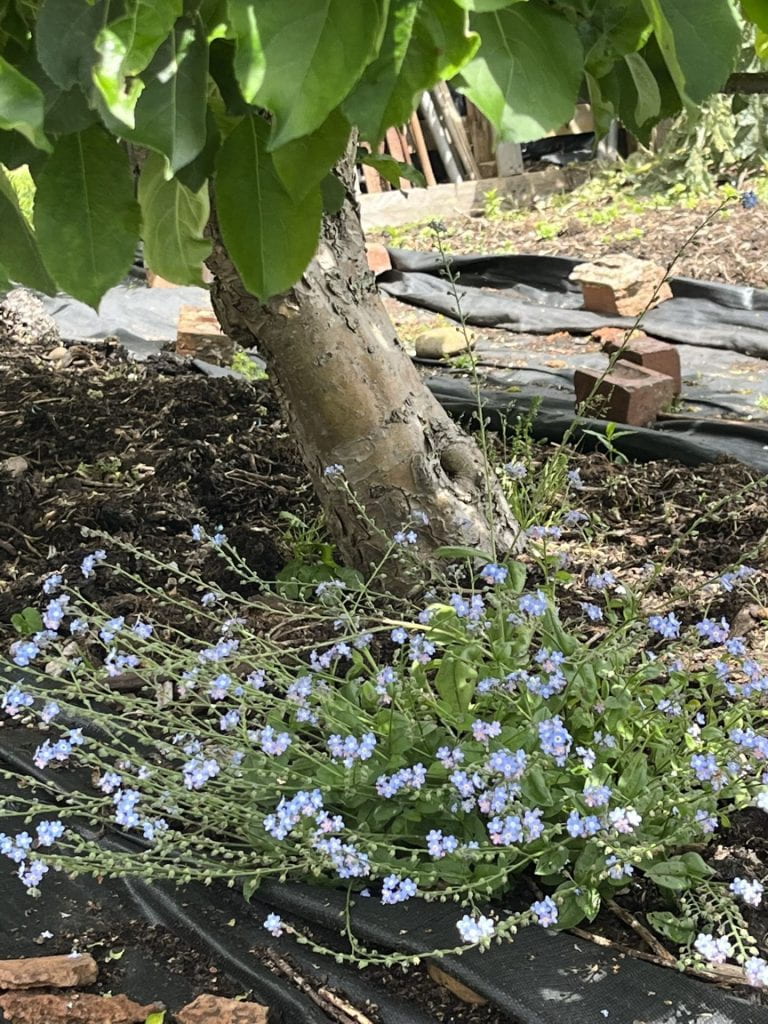
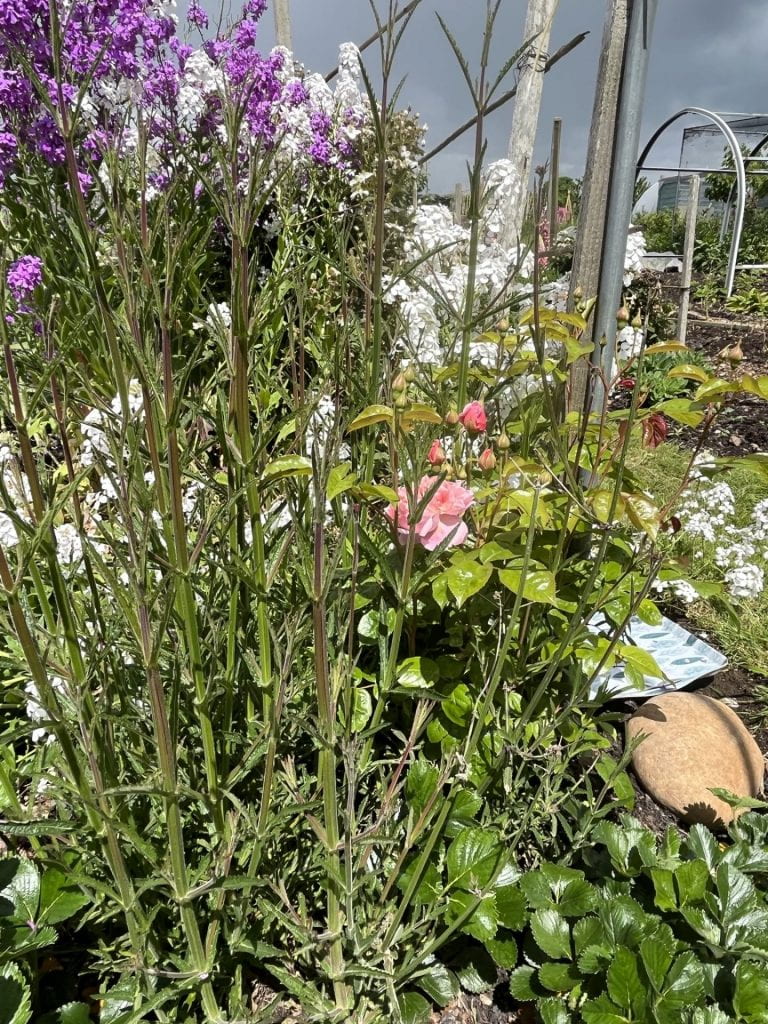
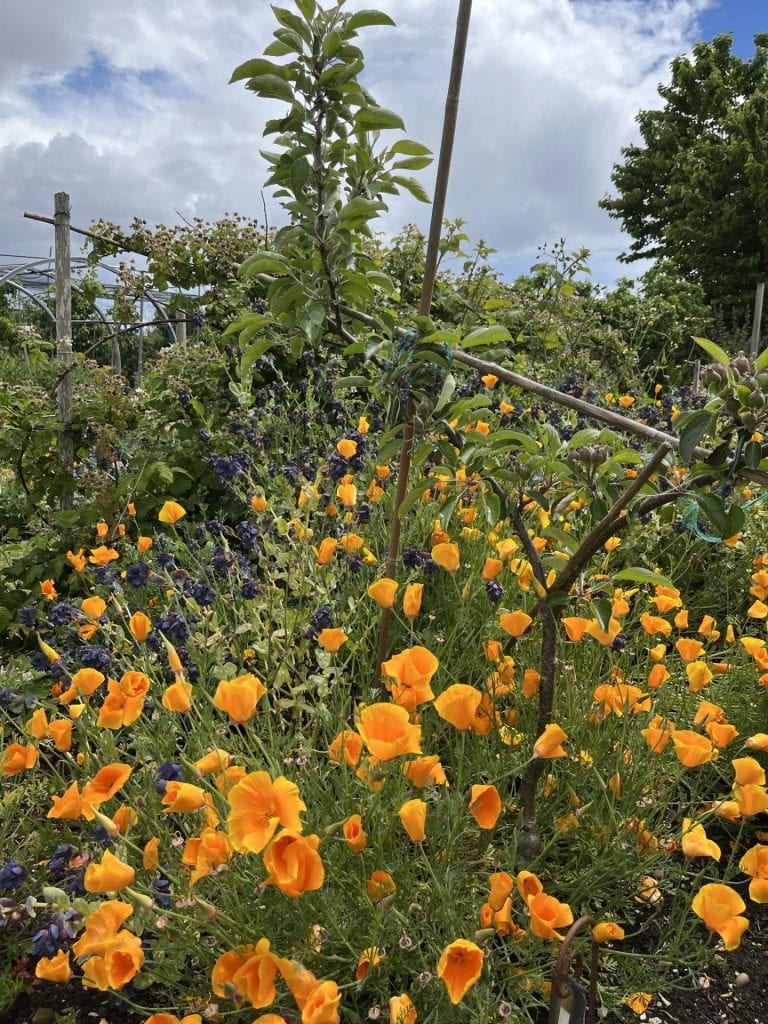

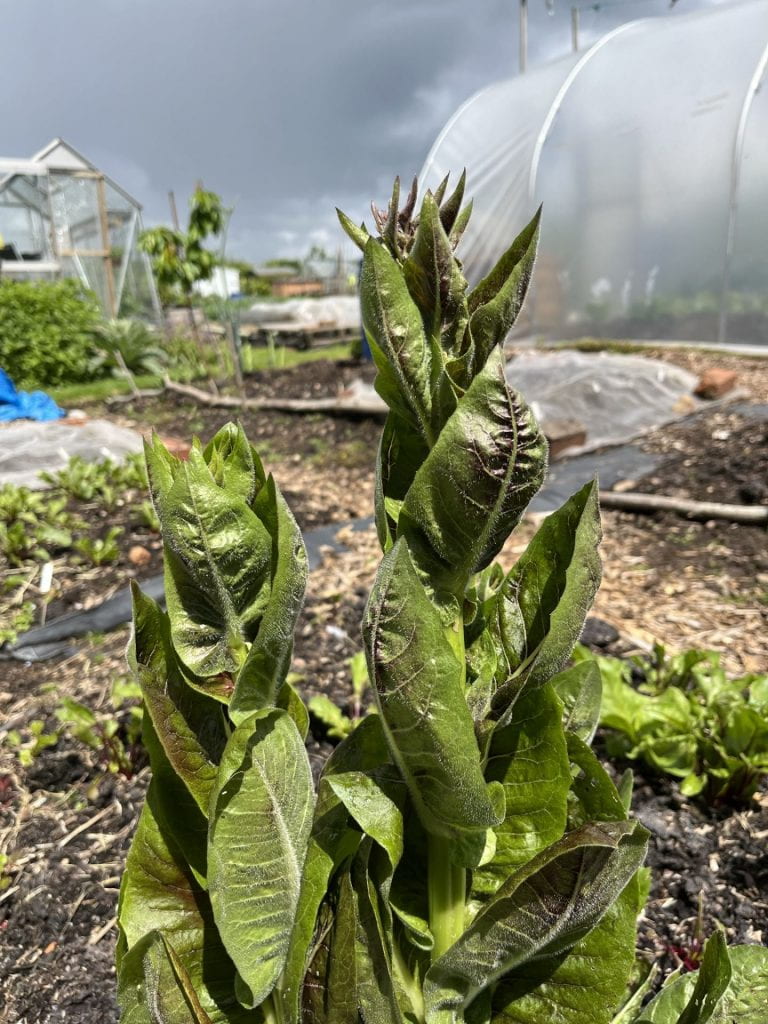
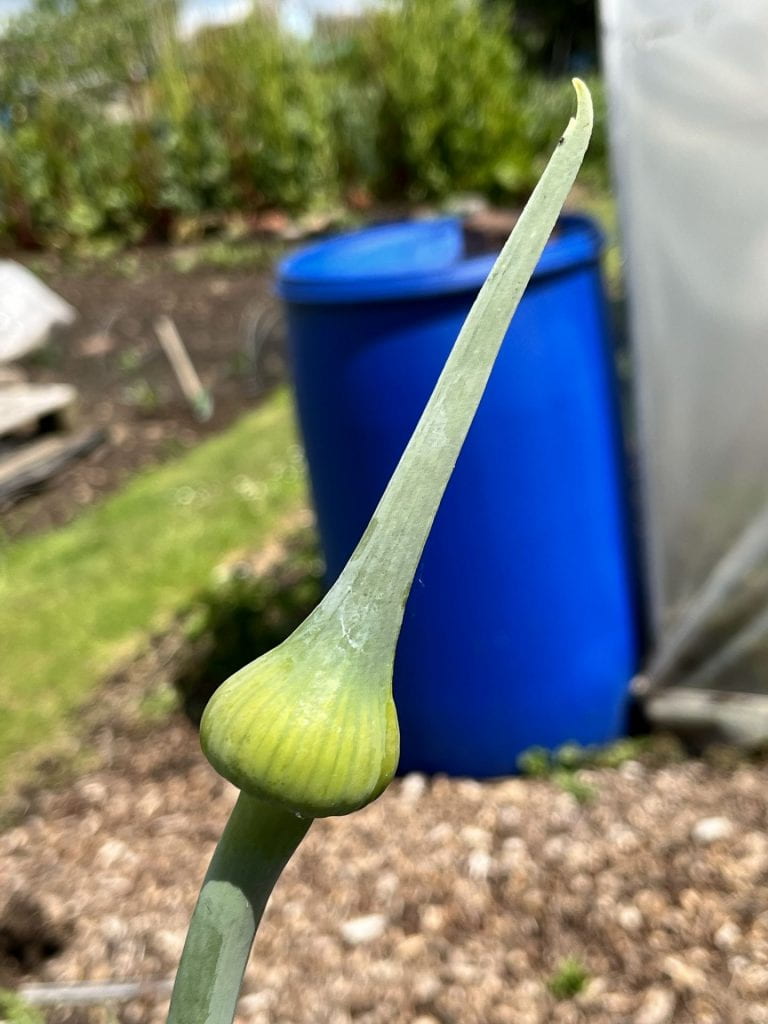
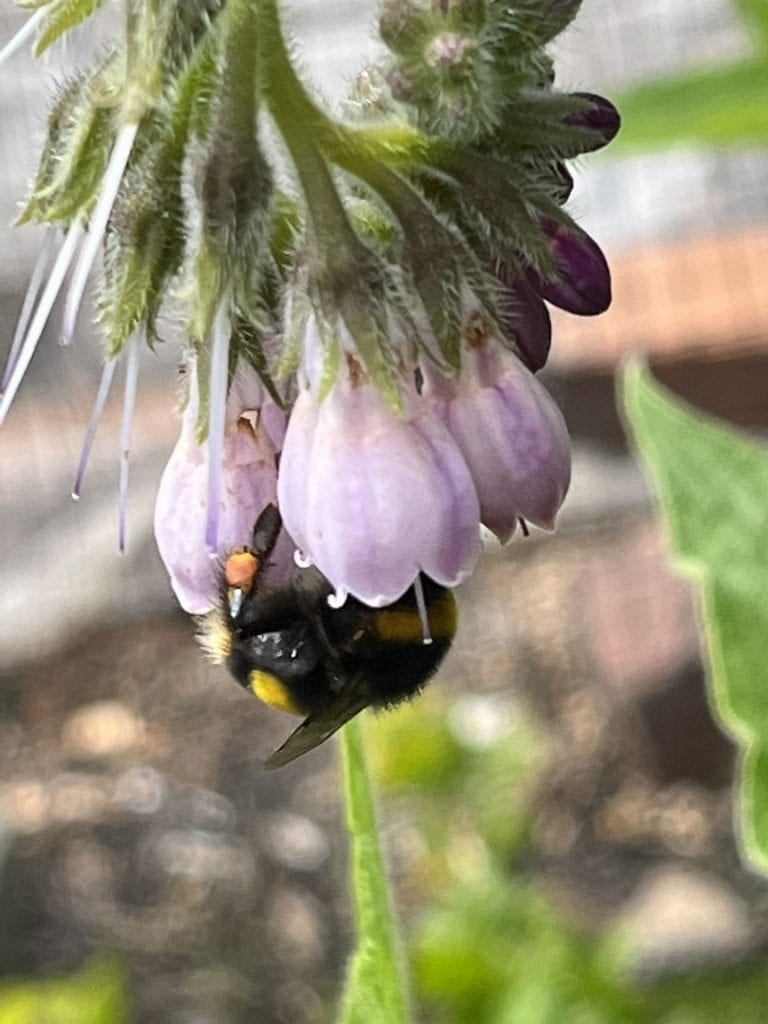
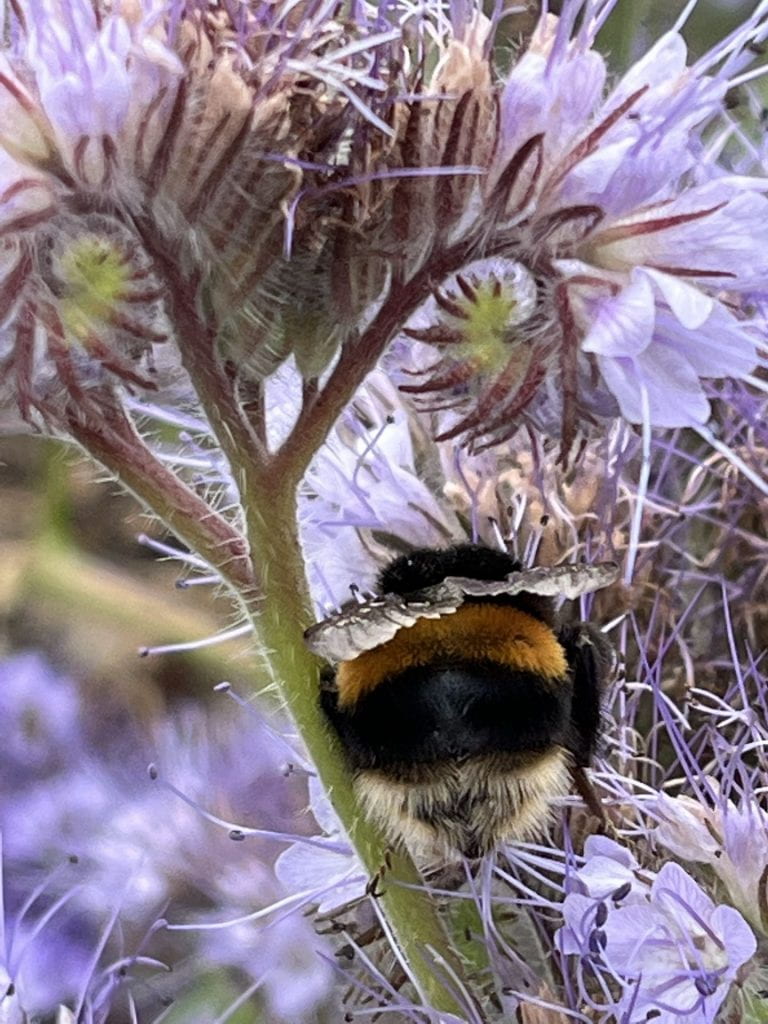

What a nice post. I love our wildlife plot, but definitely need the mix of wildlife on a growing plot too. The trouble is how to make a plot friendly-wildlife friendly… Ours is favoured by too many snails at the moment!
Thank you. Before I spoke to the couple I had been wondering if I had too many flowers on my veg plot but their question forced me to think again and consider what they were there for.